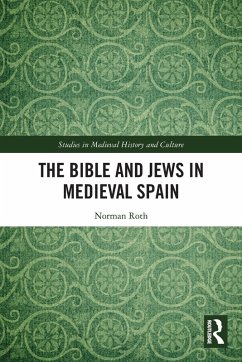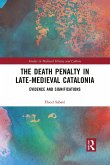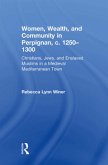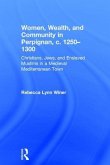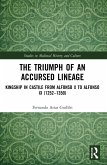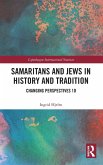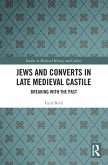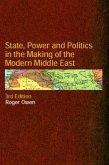The Bible and Jews in Medieval Spain examines the grammatical, exegetical, philosophical and mystical interpretations of the Bible that took place in Spain during the medieval period.
The Bible was the foundation of Jewish culture in medieval Spain. Following the scientific analysis of Hebrew grammar which emerged in al-Andalus in the ninth and tenth centuries, biblical exegesis broke free of homiletic interpretation and explored the text on grammatical and contextual terms. While some of the earliest commentary was in Arabic, scholars began using Hebrew more regularly during this period. The first complete biblical commentaries in Hebrew were written by Abraham Ibn 'Ezra, and this set the standard for the generations that followed.
This book analyses the approach and unique contributions of these commentaries, moving on to those of later Christian Spain, including the Qimhi family, Nahmanides and his followers and the esoteric-mystical tradition. Major topics in the commentaries are compared and contrasted. Thus, a unified picture of the whole fabric of Hebrew commentary in medieval Spain emerges. In addition, the book describes the many Spanish Jewish biblical manuscripts that have remained and details the history of printed editions and Spanish translations (for Jews and Christians) by medieval Spanish Jews.
This book will appeal to scholars and students of medieval Spain, as well as those interested in the history of religion and cultural history.
The Bible was the foundation of Jewish culture in medieval Spain. Following the scientific analysis of Hebrew grammar which emerged in al-Andalus in the ninth and tenth centuries, biblical exegesis broke free of homiletic interpretation and explored the text on grammatical and contextual terms. While some of the earliest commentary was in Arabic, scholars began using Hebrew more regularly during this period. The first complete biblical commentaries in Hebrew were written by Abraham Ibn 'Ezra, and this set the standard for the generations that followed.
This book analyses the approach and unique contributions of these commentaries, moving on to those of later Christian Spain, including the Qimhi family, Nahmanides and his followers and the esoteric-mystical tradition. Major topics in the commentaries are compared and contrasted. Thus, a unified picture of the whole fabric of Hebrew commentary in medieval Spain emerges. In addition, the book describes the many Spanish Jewish biblical manuscripts that have remained and details the history of printed editions and Spanish translations (for Jews and Christians) by medieval Spanish Jews.
This book will appeal to scholars and students of medieval Spain, as well as those interested in the history of religion and cultural history.
'Norman Roth, now Professor Emeritus at the University of Wisconsin, Madison, has, in the course of a lengthy academic career, utilized his linguistic talents, his wide reading and his critical mind for the reconstruction of Jewish cultural history in that geographical area and time period, and the current volume is his latest contribution to the discussion ... Roth has undoubtedly displayed here an extensive knowledge of the subject, an impressively wide acquaintance with the literature, and an enthusiasm for tackling a vast variety of challenging problems and difficulties' - Journal of Jewish Studies (Vol. 73, No. 1).
'Roth establishes a critical dialogue with many opposing voices and perspectives by greatly utilizing the notes sections, demonstrating his knowledge in the field by providing extremely detailed explanations, background information, resources, and commentary. Those interested in medieval Jewish exegesis will find this text valuable as it explores both historical and cultural implications' - LA CORÓNICA (51:1).
'Roth establishes a critical dialogue with many opposing voices and perspectives by greatly utilizing the notes sections, demonstrating his knowledge in the field by providing extremely detailed explanations, background information, resources, and commentary. Those interested in medieval Jewish exegesis will find this text valuable as it explores both historical and cultural implications' - LA CORÓNICA (51:1).

